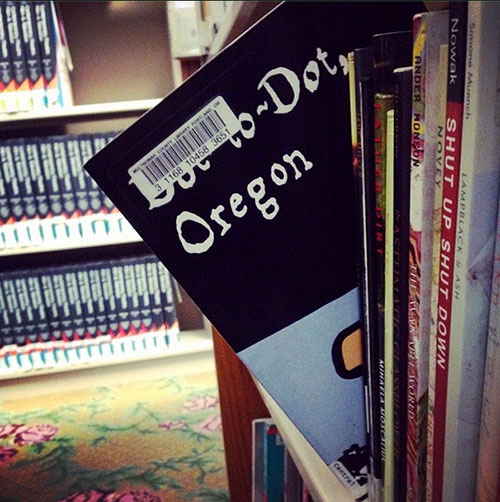Libraries seem to be one of the most underrated marketing opportunities that many publishers tend to pay less attention to than they should. Something about libraries gives the impression that marketing to libraries is more of a by-product of publishing books rather than a highly profitable use of marketing manpower. The reality is that libraries are a $5 billion market that is totally worth putting time and effort into.
Many publishers buy into the diverse myths about libraries and even librarians that, when we actually look at the facts, are completely unwarranted, and keep these companies from really taking advantage of a great source of revenue and even advertisement.
One of the misconceptions of marketing to libraries is that libraries only buy one copy of a book at time. Publishers decided that the sale of one book is not worth the effort it takes to get the library to buy the book. However, the truth is a different story. Libraries most often buy multiple copies of a book. Indeed, the more popular they believe a title will be, the more copies they will buy. This also goes for reference material; it is a common practice for libraries to buy at least two copies: one for their reference section and one a general circulation copy.
Because circulation copies of books are often destroyed after a period of time (some shorter than others) libraries have to constantly restock their supply of books as they come back damaged from patrons. As a result there is long term revenue coming from these libraries as they continue to replace damaged books. As a bonus, libraries are not subject to the return policy that is often so devastating for publishers.
Many publishers worry that selling to libraries will reduce their sales in bookstores and direct sales, but past experience shows different. Often, when a book does well in the libraries, this will drive bookstores to buy more copies. Let us not forget those book buyers who like to, in a way, test drive books before buying them from a store. If they like the book, or the first book in a series, they are more likely to go buy it from a bookstore so they can have their own copy.
Libraries also provide a great advertising service to publishers who reach to this market. While some believe that the only books that get reviewed in library publications are those printed by large publishers, many librarians work to find books from small publishers as well. They see even-handed reviewing between big trade publishers and small presses to be beneficial, not just for the industry, but for the library as well. The more information and knowledge they can have of the current state of publishing the better, and reviewing books is one way of doing this.
Not to mention the sheer amount of books that libraries often put on display. The best part about it is that they are not all books from large publishers, nor are they always brand new books. Often, libraries will display books that go with whatever holiday is coming up, old favorites, and sometimes their own personal favorites.
In the end, it’s a pretty solid marketing plan to make sure that libraries are included in a publishers efforts in selling and promoting their books. Especially with the unfortunate decline of bookstore sales, publishers will find the libraries have now become one of their greatest assets for the success of their press as long as they are willing to put in a little extra effort to reach out to them.
Replacing The Myths About Marketing to Libraries on the Combined Book Exhibit website is a great source for those worried about going into this area of marketing and debunks many of the myths that surrounds this lucrative market.

